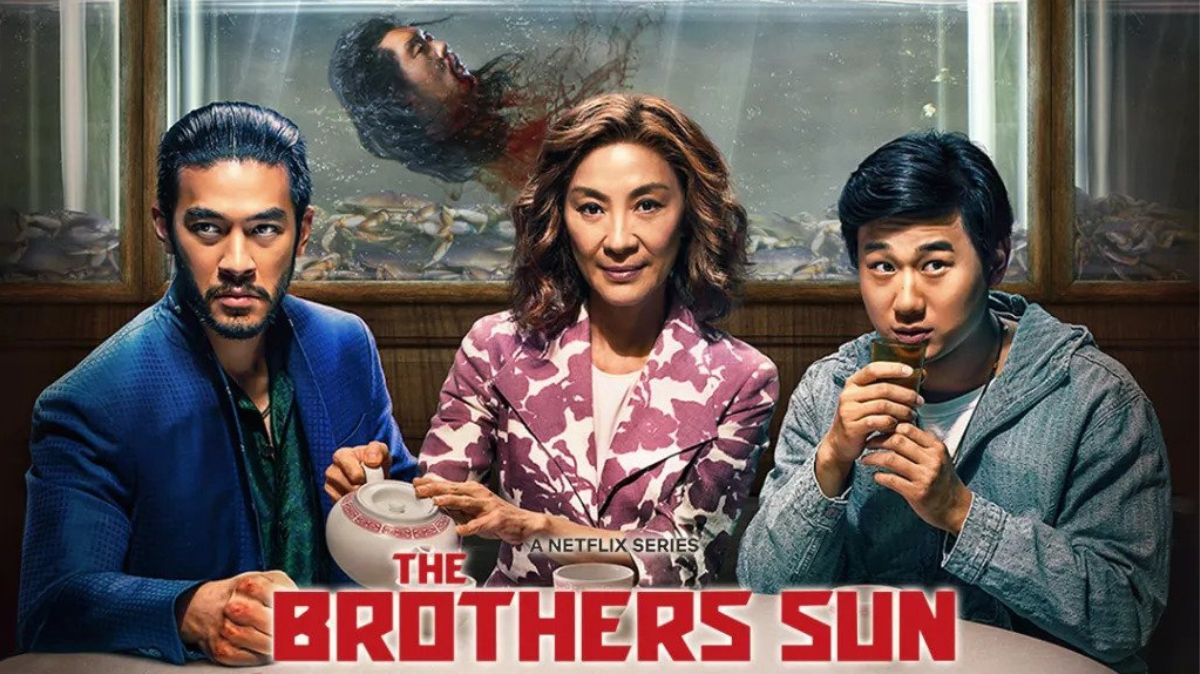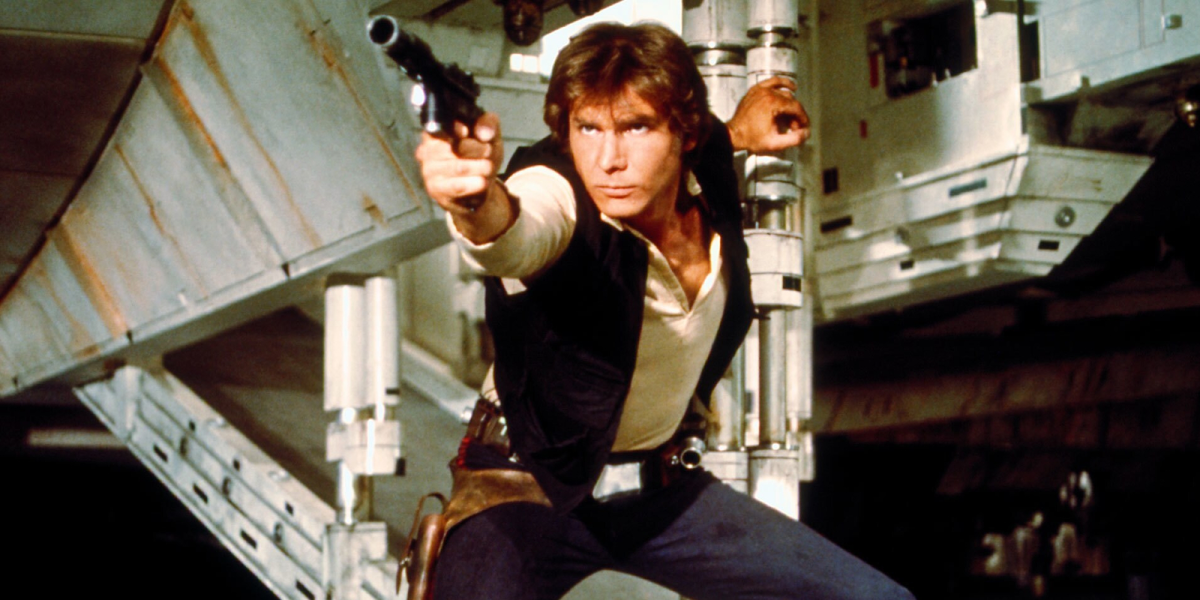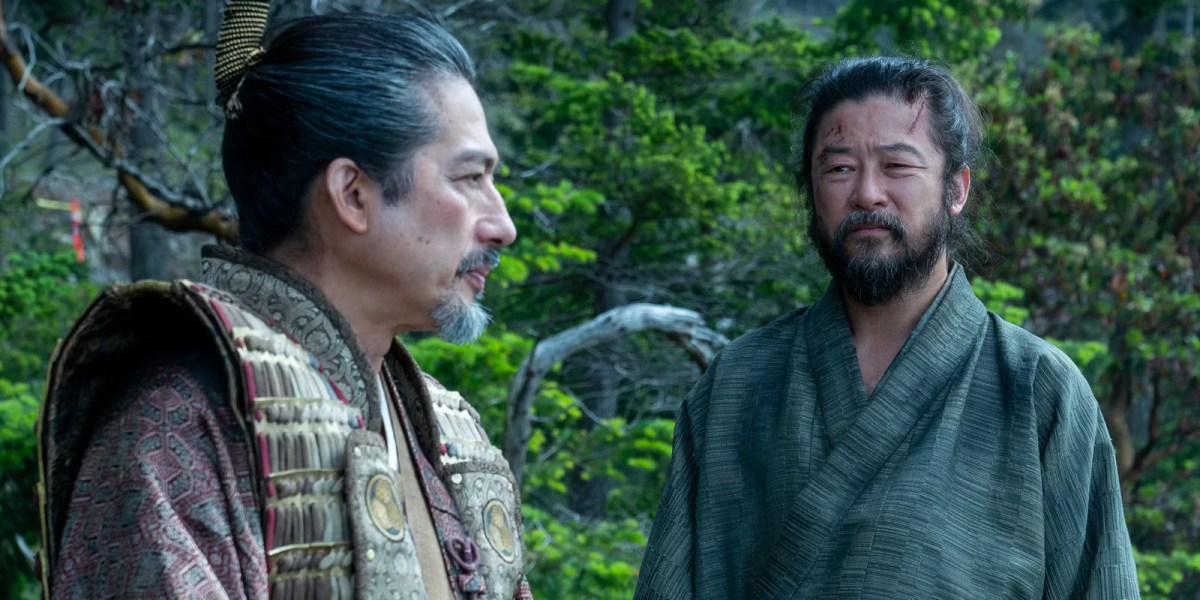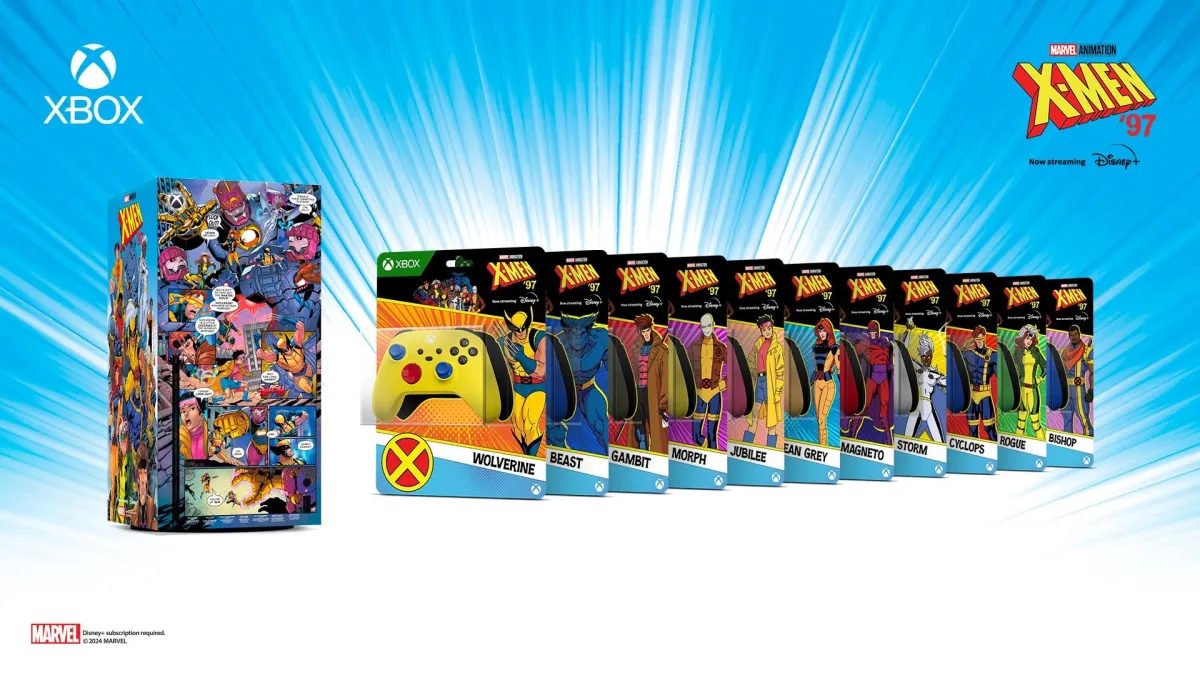Michelle Yeoh is back as a non-nonsense matriarch of a troubled family in the first trailer for Netflix’s new series The Brothers Sun, only this time, things aren’t quite as existential, and there don’t seem to be any everything bagels.
The upcoming series sees Yeoh playing the wife of an assassinated Tawainess Triad leader. When her husband dies at the hands of a rival gang, her two sons are in grave danger. The problem is that one of them has no idea what the family business is. Charles “Chairleg” Sun (Justin Chien) is a trained killer and member of the Triad, but his brother Bruce (Sam Song Li) has been sheltered from it all. Unfortunately, the rival gangs find out about Bruce, and he’s sucked into the seedy underbelly of Taipei as the family struggles to come together.
The storyline of a family member not knowing the secret life of another person or persons in their own family has, of course, been done to death. However, this one still looks like it could be something pretty awesome. Yeoh has never been bigger than she is right now after her Oscar-winning performance in Everything Everywhere All at Once, and the action in the series looks pretty amazing, as it looks to play heavily into the family drama, which it should have plenty of time to unpack over the course of eight episodes. That’s a luxury most films of this ilk do not have and should hopefully deliver something new to the proceedings.
The series comes from creators Brad Falchuk and Byron Wu and also stars Highdee Kuan (Alexis), and Joon Lee (TK), Johnny Kou (Big Sun), Alice Hewkin (May/June), Jon Xue Zhang (Blood Boots), Jenny Yang (Xing), Madison Hu (Grace), and Rodney To (Mark). Kevin Tancharoen will service as director on the project.
The Brothers Sun will premiere on January 4, 2024.





